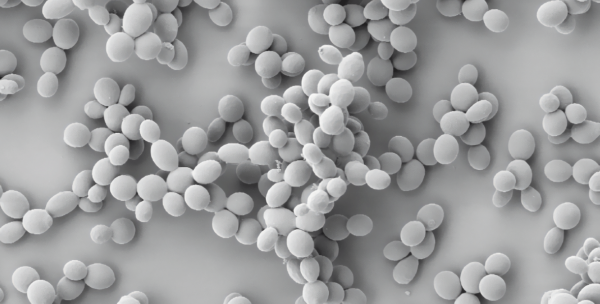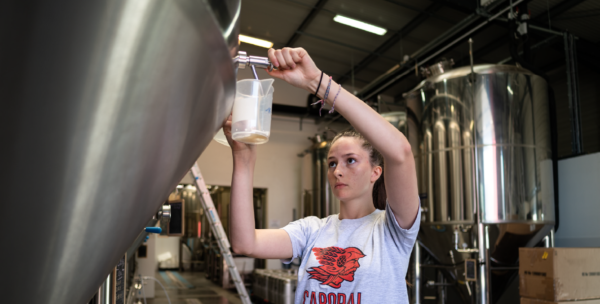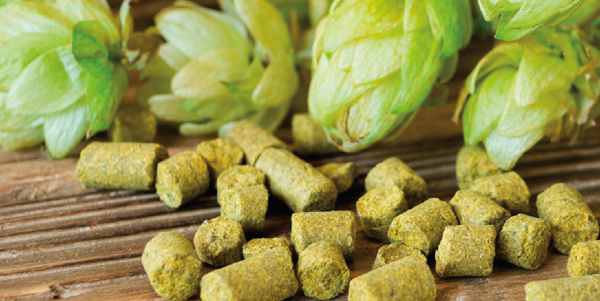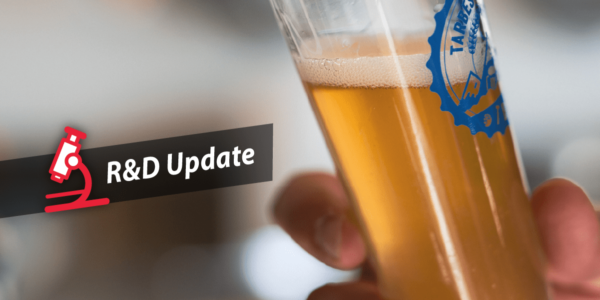Blog | Reading Time 3 minutes
Determining the Impact of Biological Systems on Beer Sensory
Yeast influences beer flavor and aroma
Visit any brewing forum and read through topics regarding yeast selection. Chances are high that a healthy amount of discussion will revolve around yeast sensory profiles. Considering the significant role yeast plays in beer production, options and opinions abound. However, the argument can be made that the right choice of strain can make all the difference. This, in part, has driven significant academic and industrial research into functional genetics across the whole spectrum of food-related microbial strains. Thus, amidst the sheer number of options and independent variables, a common thread is to determine how much influence individual yeast strains have on the sensory profiles of beer.
Focus on hop biotransformation
Unfortunately, there is no easy answer. Compounded by the fact that the sensory qualities imparted by an inoculum (be it pure or mixed) are the result of a complex and living system, separating yeast impact from sensory background noise has proven difficult. Difficult, but not impossible. A recent project undertaken by Lallemand Brewing R&D explores a broad biochemical and sensory evaluation of 10 LalBrew® yeast strains. The primary goal is to measure how specific strains interact differently with specific hop compounds. Though closely related, each of these strains contain slight variations of two important genes: IRC7 and STR3. These genes are strongly associated with a potent class of β-lyase enzymes related to key thiol sensory qualities in wine and are believed to play a role in enhancing hop character in beer.
Surprising results from traditional strains
This study has been one of the most in-depth qualitative and quantitative studies undertaken by Lallemand Brewing R&D to date – the entire scope of which cannot be covered here. Rather, this update will serve as a teaser and suffice to say that some surprising biotransformation abilities have been found in some of our core LalBrew® Premium strains, which is an exciting discovery for these strains that have already been highly characterized to date. With more updates pending, keep an eye out for future articles on this topic: covering the muddy waters of strain definition, speciation, and their impact on the sensory characteristics of fermentations.
Context references for studies that much of the original project was based around:
Opstaele, Filip & De Rouck, Gert & Janssens, P & Montandon, G. (2020). An exploratory study on the impact of the yeast strain on hop flavour expressions in heavily hopped beers: New England IPA. BrewingScience. 73. 26.
Haslbeck, K., Bub, S., von Kamp, K., Michel, M., Zarnkow, M., Hutzler, M., and Coelhan, M. (2018) The influence of brewing yeast strains on monoterpene alcohols and esters contributing to the citrus flavour of beer. J. Inst. Brew., 124: 403– 415. https://doi.org/10.1002/jib.523.
Murat, M.-L & Masneuf-Pomarède, Isabelle & Darriet, Philippe & Lavigne, V. & Tominaga, T. & Dubourdieu, Denis. (2001). Effect of Saccharomyces cerevisiae yeast strains on the liberation of volatile thiols in Sauvignon Blanc wine. American Journal of Enology and Viticulture. 52. 136-139.
Published Feb 28, 2022 | Updated Jul 11, 2023
Related articles
Need specific information?
Talk to an expert


